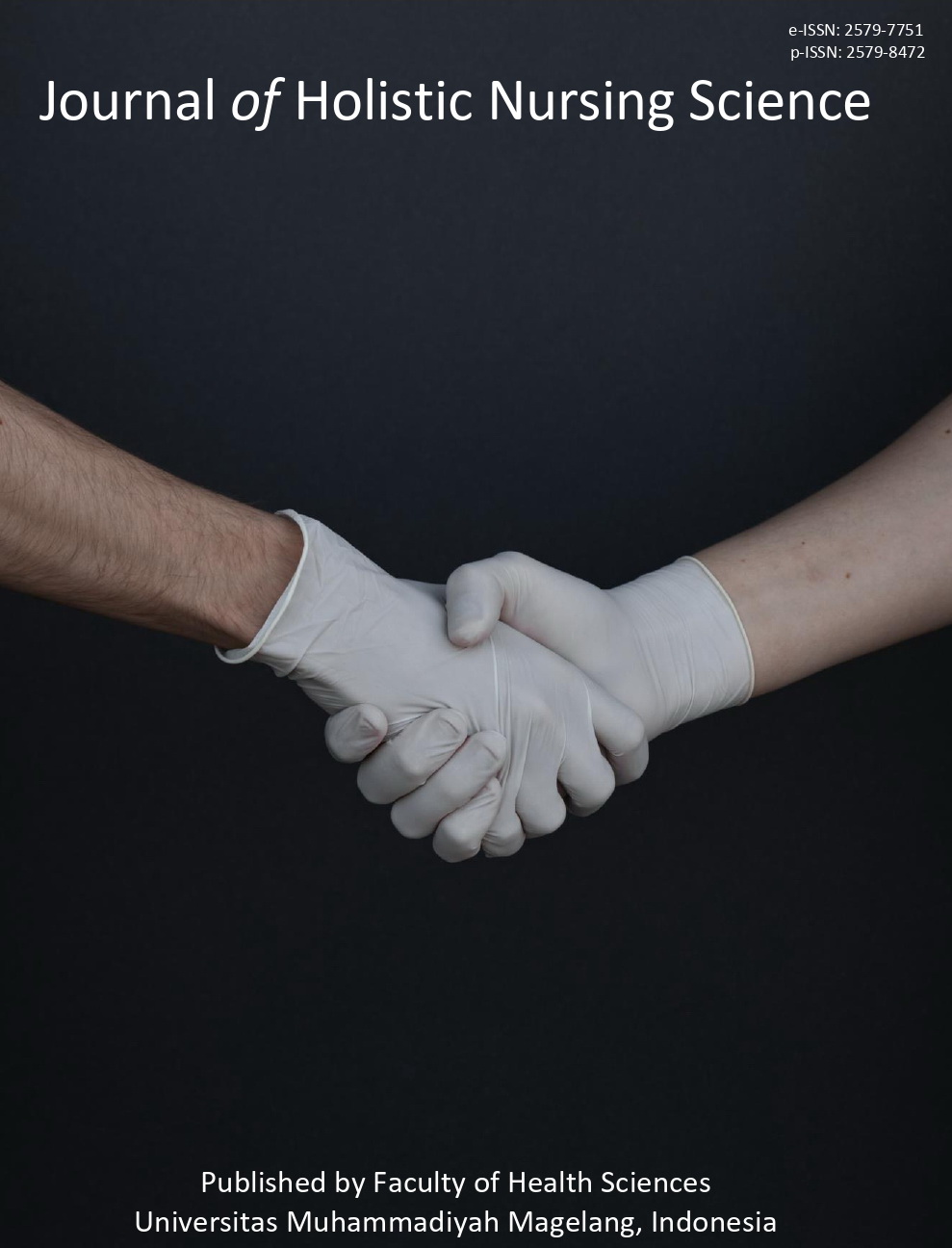Cupping therapy in nursing higher education. How is it implemented in indonesia?
Main Article Content
Abstract
Cupping therapy is one of the most practiced Traditional Complementary Alternative Integrative (TCAI) therapies in Indonesia. It is important for educational institutions to integrate cupping therapy into higher education curricula in Indonesia. This will equip future healthcare professionals with the knowledge and skills to safely and effectively incorporate the practice. However, there is a lack of studies on how this therapy is incorporated into curricula in Indonesia. Therefore, this study aims to explore the inclusion of cupping therapy in nursing higher education curricula in Indonesia; specifically, whether such courses are available, how they are structured and delivered, and to identify other relevant information. A quantitative descriptive cross-sectional research design was utilized in this study to achieve the research objectives. The instrument used was a questionnaire about the cupping therapy curriculum, which was developed, tested, and validated prior to the commencement of the study. The tools consist of availability, aims and objectives, content organization, teaching methods, assessment and evaluation, curriculum communication, and process management. The data were collected from June 2022 to February 2023 from Muhammadiyah-affiliated nursing higher education institutions across Indonesia. A total of 42 institutions, comprise 70 nursing programs participated in the study. Ethical clearance was obtained from the Faculty of Health Sciences, Universitas ‘Aisyiyah, Yogyakarta, Indonesia. The findings highlighted that preserving local wisdom, accommodating public needs, and enhancing graduates with additional competencies were recognized by most participants as the main reasons for including cupping therapy in the curriculum. Most nursing programs incorporate cupping therapy as a subject within broader courses such as Holistic Nursing and Entrepreneurship. The integration of the cupping therapy curriculum has been implemented in Indonesia, though variations exist among nursing programs. At last, nursing education curricula should give greater attention to TCAI therapies including cupping therapy.
Keywords: Complementary and alternative medicine, cupping therapy curriculum, cupping therapy, holistic nursing, nursing education, nursing program development
Downloads
Article Details

This work is licensed under a Creative Commons Attribution-NonCommercial 4.0 International License.
Authors who publish their articles in JHNS retain full copyright of their work. JHNS does not require authors to transfer their copyright to the journal or Universitas Muhammadiyah Magelang as the publisher. The authors grant JHNS a license for the first publication.
